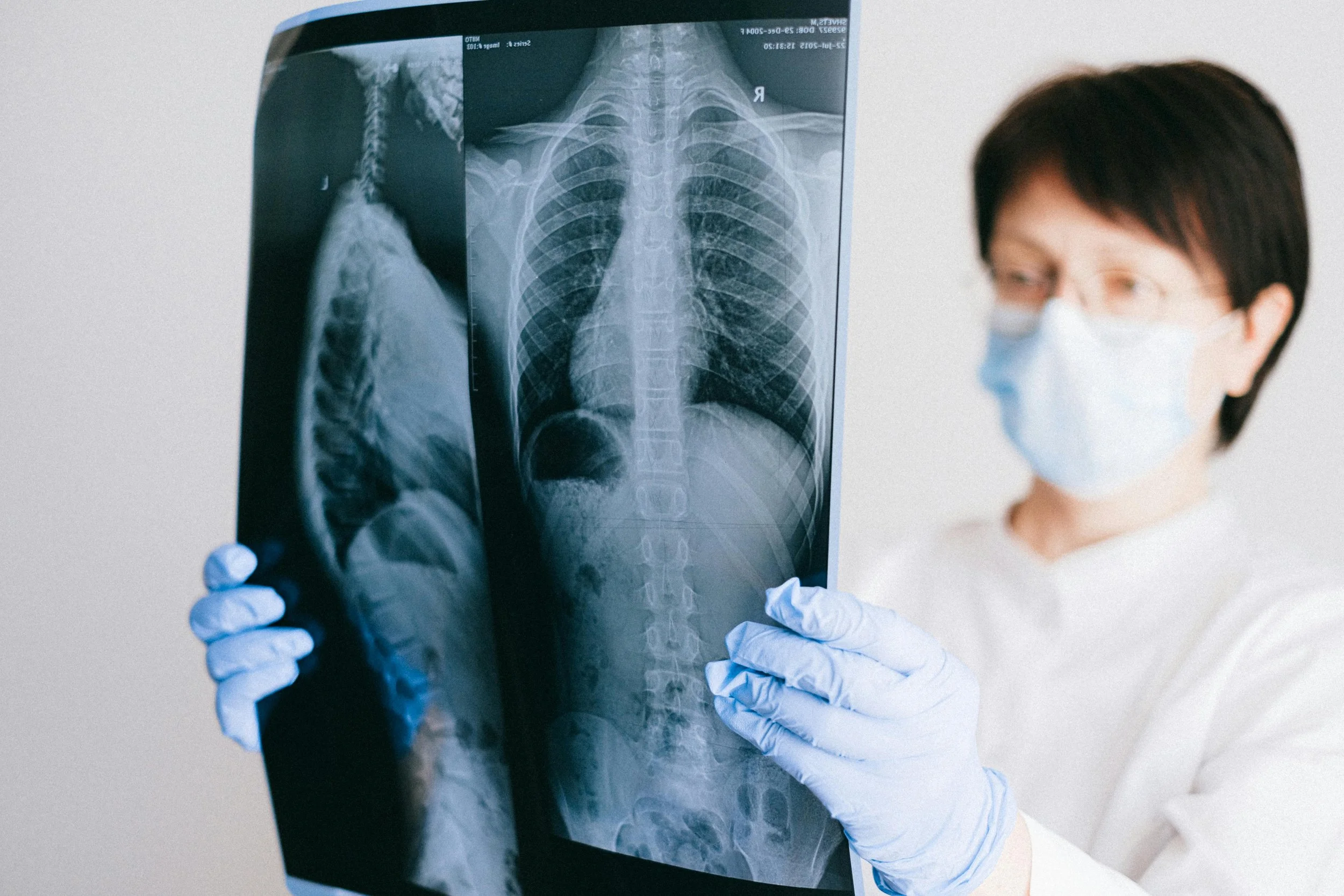Why Lung Health is Often Overlooked — and Why it Shouldn’t Be
Introduction
When we think about workplace health in high-risk industries, our minds usually go straight to things like back injuries, hearing loss, or fatigue. But there's one area that quietly gets pushed aside — and that's lung health.
Despite how vital our lungs are for day-to-day function, especially in physically demanding jobs, respiratory health tends to be overlooked until something goes wrong. In industries where dust, fumes, smoke or chemicals are present, this can be a dangerous oversight.
This blog will explore why lung health often slips under the radar, which jobs carry the highest risk, and what both employers and employees can do to start paying attention before it’s too late.
Why Lung Health Gets Overlooked
There are a few reasons lung health doesn’t get the same attention as other areas in medicals or general health checks:
Symptoms can be subtle or slow to develop — early lung damage often shows up as a mild cough, shortness of breath, or fatigue. These are easy to brush off or blame on other causes.
It's not visible — unlike a back injury or a broken bone, you can’t see lung damage, and it often doesn’t cause immediate problems.
Assumptions play a role — people tend to think of lung issues as something that only affects smokers or older people, not fit and healthy workers.
Focus tends to be elsewhere — high-risk industries already have a lot of attention on physical safety, PPE, and injury prevention, so internal health concerns like lung function can take a backseat.
Lack of awareness — many workers and even some employers aren’t familiar with occupational lung diseases or just how common and preventable they are.
Industries Where Lung Health Is at Higher Risk
Some roles carry a much higher risk of long-term lung damage due to what workers are exposed to on a daily basis. These include:
Mining – exposure to dust (especially silica) is a well-known risk
Construction and demolition – cement, brick, and asbestos fibres can all cause respiratory harm
Manufacturing and welding – fumes, smoke, and chemical exposure are common
Agriculture – grain dust, pesticides, and moulds are all respiratory irritants
Transport and warehousing – diesel exhaust, chemicals and poor ventilation can take a toll
Cleaning and maintenance – frequent exposure to chemical sprays and dust
If your job involves breathing in any kind of airborne particles regularly, it’s worth paying closer attention to your lung health.
Common Work-Related Lung Conditions
Over time, exposure to harmful airborne substances can lead to serious — and often irreversible — health problems, including:
Silicosis – caused by inhaling crystalline silica dust, common in mining and construction
Asbestosis – a chronic lung disease from asbestos exposure
COPD (Chronic Obstructive Pulmonary Disease) – often caused by long-term exposure to dust, smoke, or fumes
Occupational asthma – triggered by workplace allergens or irritants
Lung cancer – sometimes linked to prolonged chemical or asbestos exposure
Bronchitis and frequent respiratory infections – especially when ventilation is poor or PPE isn't used
Why Regular Respiratory Assessments Matter
Many of these conditions take years to show up — but by the time symptoms appear, the damage may already be done. That’s why early detection is key.
Including lung function testing as part of routine medicals (both pre-employment and ongoing) can:
Catch changes early before they become serious
Help track your lung health over time
Identify if your work environment is starting to affect your breathing
Give you a chance to make changes — whether that's better PPE, job rotation, or more frequent breaks from exposure
What Should Be Included in a Lung Health Check
If you're working in a high-risk environment, a proper lung health check should go beyond just asking how you're feeling. It can include:
Spirometry testing – a simple breathing test that measures lung capacity and airflow
Respiratory questionnaires – to pick up on early symptoms or patterns
Exposure history review – understanding what you’ve been exposed to and for how long
Chest imaging (if needed) – in more serious cases or high-risk roles, a chest X-ray may be recommended
Fit testing for respirators – if you're required to wear a mask, it needs to be properly fitted to be effective
Steps Employers Can Take
Employers play a big role in protecting workers’ lung health. Here are a few simple but effective steps:
Include lung health in Pre-Employment Medicals and regular check-ups
Educate workers on the risks of exposure and early warning signs
Provide and maintain proper PPE, including fit testing and training
Improve ventilation in enclosed spaces
Monitor air quality and reduce dust/fume exposure where possible
Encourage reporting of symptoms, even if they seem minor
Conclusion
Lung health might not always be top of mind, but it should be — especially for those working in dusty, smoky, or chemical-heavy environments. The damage is often slow and silent, but the long-term consequences can be life-changing.
By making respiratory health part of the conversation and including it in medical assessments, we can catch problems early, protect workers’ long-term wellbeing, and create healthier, safer workplaces for everyone.

